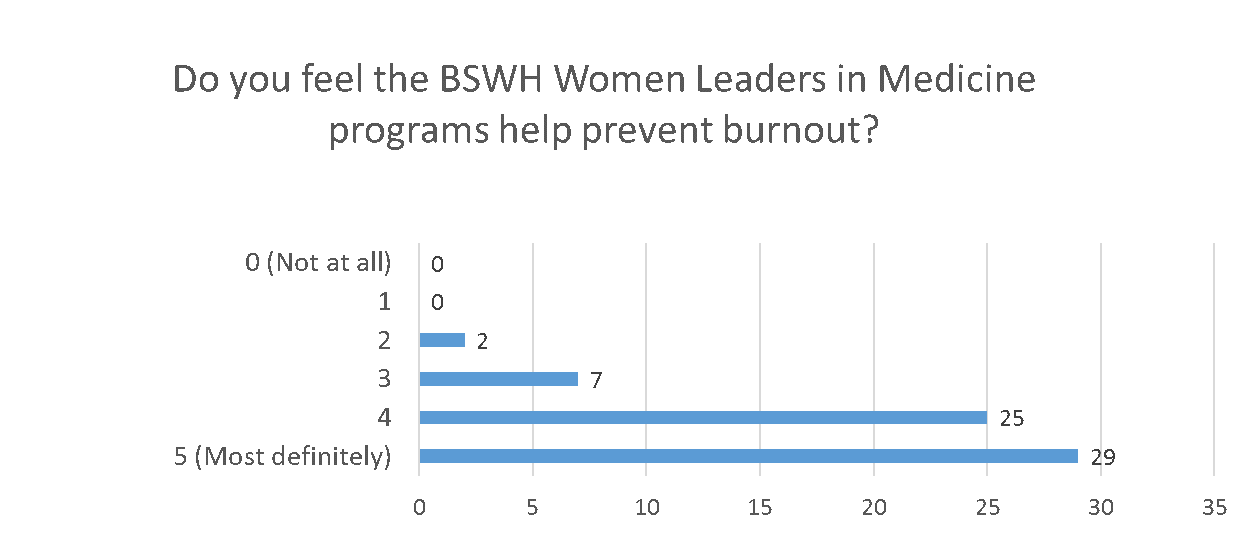Background: Women represent half of our new physicians being added to practice, however the growth of women in leadership positions has lagged. Women physicians have higher burnout scores and higher suicide rates than male physicians. Women physicians deliver high quality healthcare as evident in surgical, emergency medicine, and hospital based outcome studies. Studies suggest that leadership development and mentorship can promote professional and personal development and also affect the burnout of those serving under them.
Purpose: We developed an engaging and interactive program led by current physician leaders to invest in women and overcome these disparities. The Women Leaders in Medicine (WLiM) program is a grant-funded program designed by physicians at the largest integrated health system in Texas. The program consists of 1) encouraging local networking and support, 2) building leadership skills which are often assumed and 3) allowing mentorship and advocacy relationship with practice leaders. By empowering our women physicians, we prevent burnout as well as create strong leaders for tomorrow’s challenges.
Description: We initially surveyed 1,241 of our institution’s advanced practitioners (MD, DO, PA, NP) to categorize sources of burnout using the MBI report. Females experienced higher levels of burnout than males in every category of the survey, most notably in emotional exhaustion (20% vs 15%). Fifty-six percent of single respondents as opposed to 35% of married respondents experience high emotional exhaustion. Those in current leadership positions experienced less emotional exhaustion, less depersonalization, and a higher sense of personal accomplishment. Having and being a mentor both helped decrease burnout. Following these results, our program has implemented specific leadership and resource opportunities to combat common areas of burnout. The program included 100 person seminars every 6 months as well as quarterly dinner clubs throughout our very large geographic regions, Facebook and Intranet resources. The number of women applying for and being given leadership positions is being tracked by self description.
Conclusions: Preliminary feedback demonstrates higher engagement and less burnout among participants in the WLiM. The disparities that women physicians face, such as lack of leadership positions, pay disparties and higher burnout, can be mitigated by intentional leadership training on a local level. The WLiM program is reproducible, evidence-based and we look forward to sharing our achievements.


